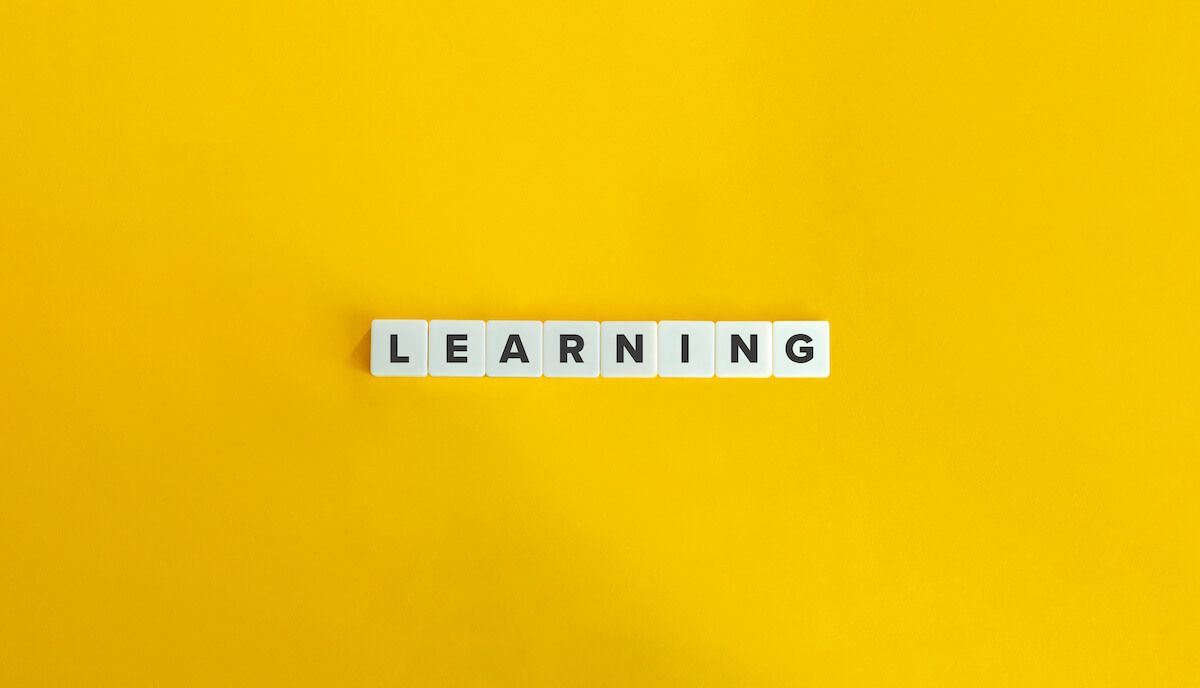Have you ever been in a meeting or classroom, struggling to grasp the material even though everyone else seems to be learning it quickly? Maybe you've experienced the frustration of trying to read a dull textbook and lagging far behind.
If this sounds familiar, you might be trying to learn using the wrong methods for your learning style. For adults, how we acquire knowledge is just as important as what we learn. Knowing your learning style makes it easier to find your optimal way of learning new information or skills.
To that end, let’s examine the different learning styles for adults and how to maximize your preferred learning style so you can improve your skills and reach your goals more quickly.

The term "learning styles" in education refers to theories that categorize how individuals perceive, process, and retain information. As a result of these styles, we can gain insight into the most effective learning methods.
The topic of learning styles has been a subject of debate, with some researchers challenging its validity — some scientists have even termed it a "neuromyth." However, many educators continue to support using learning styles to improve student learning. A recent survey shows 89% of teachers match their instruction to student learning styles, with no signs of changing.
Although this theory is most commonly used in formal education, self-learners and professionals can also benefit from understanding their learning styles. Understanding your learning style can help you acquire new knowledge and process information more effectively.
There are several theories about learning styles, but the most common is the VARK model. Developed by Neil Fleming and Colleen Mills in 1992, the VARK model categorizes and understands learning styles. The VARK acronym stands for Visual, Aural (auditory-musical), Reading/Writing, and Kinesthetic — four primary sensory modalities the professors suggested are effective for learning.
Let's take a closer look at how each learning style works.
Keep in mind that most adult learners have more than one style. In a recent VARK study, data was gathered from questionnaire takers to determine the distribution of learner preferences. Some 66% of respondents were multimodal, which means they used a combination of styles. Only 34% used just one type.

Understanding the different types of learning and identifying your own learning style can have several benefits for adult learners. One of the main benefits is the ability to set more realistic learning objectives.
For example, if you know that you're a visual learner, you might set a goal to create more visual aids for yourself when you're studying. Or, if you know that you're an auditory learner, you might set a goal to listen to more lectures or podcasts. By identifying your learning style, you can tailor your study habits to your strengths and optimize how you learn new things.
Another benefit of understanding your learning style is adapting to new learning environments. For example, suppose you're taking an online course and know you're a reading/writing learner. In that case, you can ask the instructor for worksheets and reading materials to help you process the material more effectively. Similarly, if you're in a classroom setting and know you're an auditory learner, you might sit near the front of the class to hear the instructor better.
Understanding how you process information can also help you in professional settings. For instance, if you're an aural learner, you might be the best person to lead group discussions in a brainstorming session or facilitate problem-solving in a small group. By recognizing your strengths, you'll be able to trust that you have what it takes to succeed in any environment.
Finally, understanding your preferred learning style can help reduce stress and frustration. When you know what type of learner you are, it's easier to figure out why specific topics or tasks might be more difficult for you. Then, you can set yourself up for success by finding strategies that work best for your learning style. This will help you avoid feeling overwhelmed when learning new things.

Although some question the usefulness of learning styles for adults, any tool that helps you better understand your learning needs can be beneficial if used effectively. Here are five tips that can help you enhance your learning experience.
Before applying any strategies, you must understand which adult learning style is your preferred way of learning. You can identify your learning style by taking the VARK questionnaire. This free tool is available online and only takes a few minutes to complete.
After completing the questionnaire, you'll receive feedback on your preferred learning style. From there, you can identify which strategies work best for you and tailor your learning plan accordingly.
Once you know your own learning style, create a personalized study plan that caters to it. For example, if you learn best through reading and writing, incorporate plenty of reading materials and written assignments. Or, if you're an auditory learner, look for podcasts or lectures to supplement your learning. This will help you be more efficient and effective.
Here are a few ways to focus on each learning style while studying:
Even if you're predominantly one type of learner, you'll likely still benefit from incorporating other types of learning styles into your study plan. Remember how 66% of learners in VARK research reported being multimodal? By diversifying the learning process, you'll get a more well-rounded view of the material and deepen your understanding of concepts.
To work new learning methods into your plan, start small. For instance, if you're primarily a visual learner, try adding audio materials to supplement your studies. Or, if you're predominantly an auditory learner, experiment with diagrams or other visuals to aid in comprehension. Small changes like these can help you expand your skillset without feeling overwhelmed.
Technology can be a great asset for learning, but it's essential to use it in the way that best suits you. If you've been using a tool that conflicts with your learning style, try switching to one that aligns with it. A visual learner using an auditory program to learn a new language may struggle because the method isn't efficient, not because the material is too challenging. In this case, switching to a visual program could help you more quickly and effectively grasp the material.
Technology can also be great for incorporating multiple learning styles for adults. For example, websites like Quizlet offer both auditory study materials and visual learning aids to help you learn new information in the best way.
To ensure your study plan is as effective as possible, practice regularly and update it when needed. Revisit the VARK questionnaire to check in with yourself occasionally. Doing this will help you keep track of your preferred learning style and adjust your plan accordingly. Your learning style might change over time as you gain knowledge and experience different educational methods.
Also, remember that the types of learning in the VARK model and other learning styles theories are meant to be an aid, not a rule book. No one way of studying is better than another, and nothing works the same for everyone. The most important thing is to find the learning methods that work best for you and practice regularly.
Whether you're a self-directed learner on the lifelong quest for knowledge or a professional working through a training program, understanding your personal learning style is key to success. By understanding adult learning, discovering your own learning style, and incorporating the primary learning methods into your study plan, you can work smarter, not harder to reach your goals faster and more effectively.
I hope you have enjoyed reading this article. Feel free to share, recommend and connect 🙏
Connect with me on Twitter 👉 https://twitter.com/iamborisv
And follow Able's journey on Twitter: https://twitter.com/meet_able
And subscribe to our newsletter to read more valuable articles before it gets published on our blog.
Now we're building a Discord community of like-minded people, and we would be honoured and delighted to see you there.